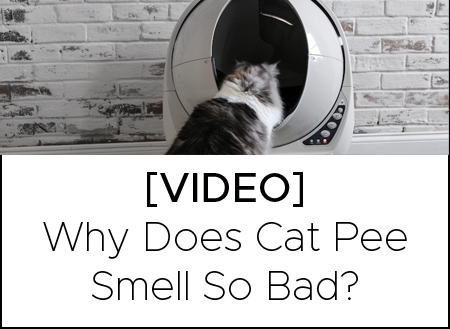Epiphora In Cats, AKA Cat Tear Stains – Litter-Robot
Epiphora is a type of cat eye discharge commonly referred to as cat tear stains by pet parents. learn why this type of discharge is more common among certain breeds, including Persians and Himalayans, as well as how to treat epiphora in cats.
what is epiphora in cats?
Epiphora is a term used to describe excessive tear production, a symptom that is associated with multiple conditions or diseases. It commonly manifests as moisture on your cat’s face, as well as cat tear stains that look like reddish-brown streaks. epiphora is most often associated with insufficient tear drainage.
This type of cat eye discharge is usually nothing more than a cosmetic nuisance, but it can be a sign of serious health problems.
what causes epiphora in cats?
the most common cause of poor tear drainage is “an obstruction of the nasolacrimal ducts or poor eyelid function due to deformity,” according to dvms dr. ryan llera and dr. ernest ward.
other causes of epiphora in cats include:
- pink eye
- ingrown eyelashes
- allergies
- eye injury
- eye infection
- corneal ulcers
- glaucoma
- environmental exposures (passive smoke, etc.)
- Gently clean your cat’s face at least twice a day with a soft, warm, damp washcloth.
- Keep the hair on your cat’s face trimmed (especially the hair around the eyes).
- make regular appointments with a hairdresser, if necessary.
- hospitals vca
- dr. Karen Becker
tear stains are more common among these cat breeds
Persians, Himalayans, and other breeds of cats with flat or squashed faces (also known as brachycephalic) often show cat’s tear stains. This is because, technically, these breeds have facial deformities that don’t allow the tear film to drain properly: “the tear film doesn’t make it into the duct and just falls off the face.”
what is cat’s eye discharge?
If you see reddish-brown cat eye discharge, this could indicate a fungal infection as a result of your cat’s fur under the eyes being constantly wet. Your cat’s face may also have a slight odor.
how is epiphora in cats treated?
Although cat tear stains are not usually a problem, you should take your cat to the vet for an examination to rule out any serious health problems. The vet may suspect that your cat’s nasolacrimal duct is blocked; if that’s the case, your cat will be put under anesthesia and a special instrument will be inserted into the duct to remove the contents.
Treatment of epiphora in cats will also depend on whether another eye condition has been diagnosed. for example, a diagnosis of conjunctivitis will usually require an antibiotic ointment or eye drops.
how to clean tear stains on cats
There are several over-the-counter products that claim to help clean pet tear stains. ask your vet for suggestions on specific products, as not all have been shown to be effective or even safe. dr. Karen Becker recommends three tactics on how to clean cat tear stains safely:
other best practices dr. Becker suggests to improve your cat’s overall health, including eye health, feed her a high-quality, balanced diet; provide fresh, filtered drinking water instead of tap water (which may be high in minerals or iron); and replace plastic food and water bowls with stainless steel, porcelain, or glass.
Herbs considered safe for cats can be used to clean tear stains, such as witch hazel, echinacea, licorice root, cat’s claw, and dandelion root.
do not use human products on cats without first consulting your veterinarian; this includes human eye drops, products containing hydrogen peroxide, topical apple cider vinegar, milk of magnesia, makeup remover, golden bond, corn syrup, etc.
embrace a better life with cats with a self-cleaning litter box.
sources:
cover photo by alex chambers on unsplash
recommendations


